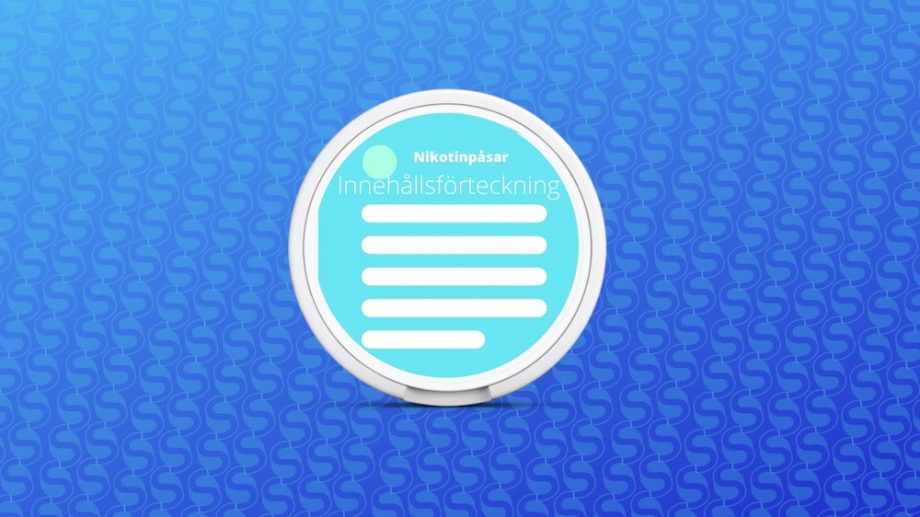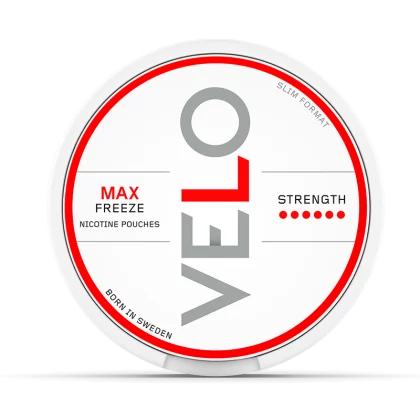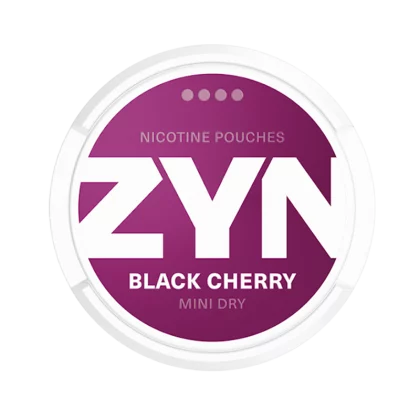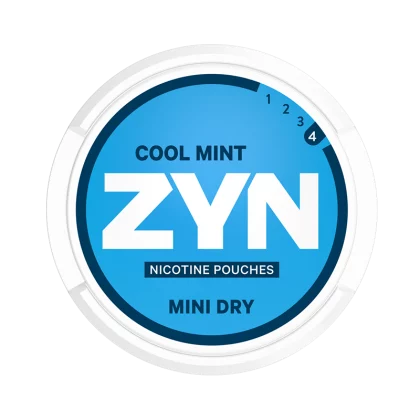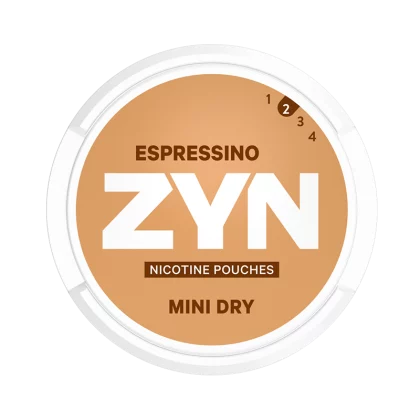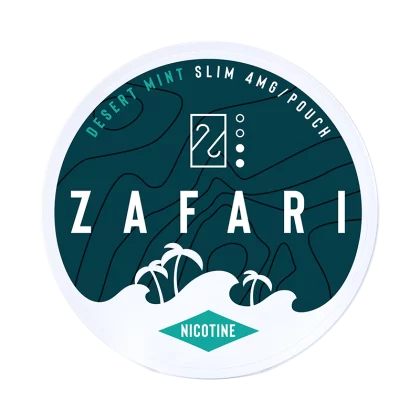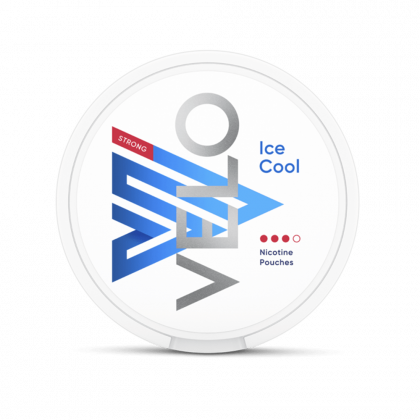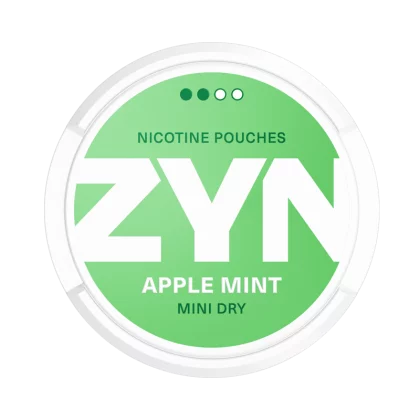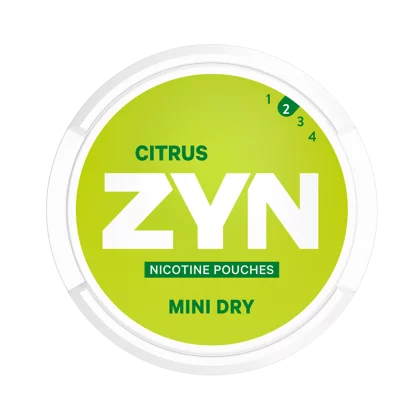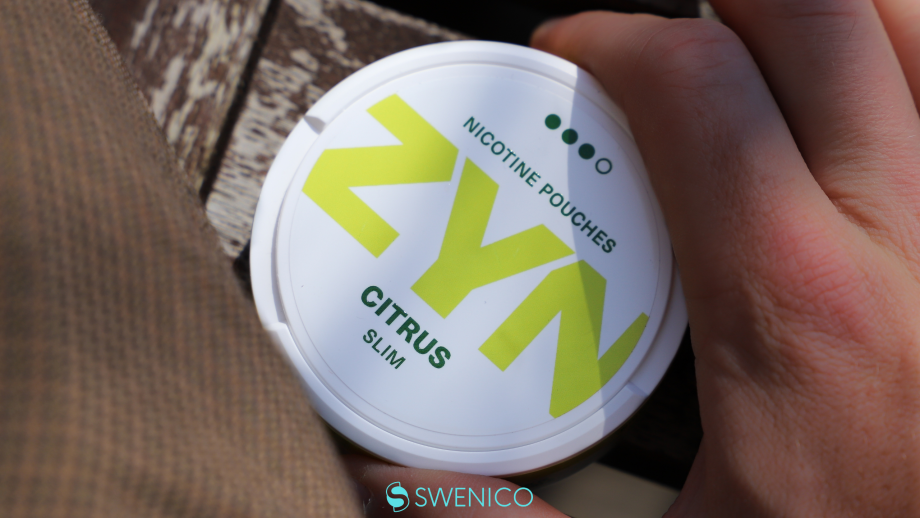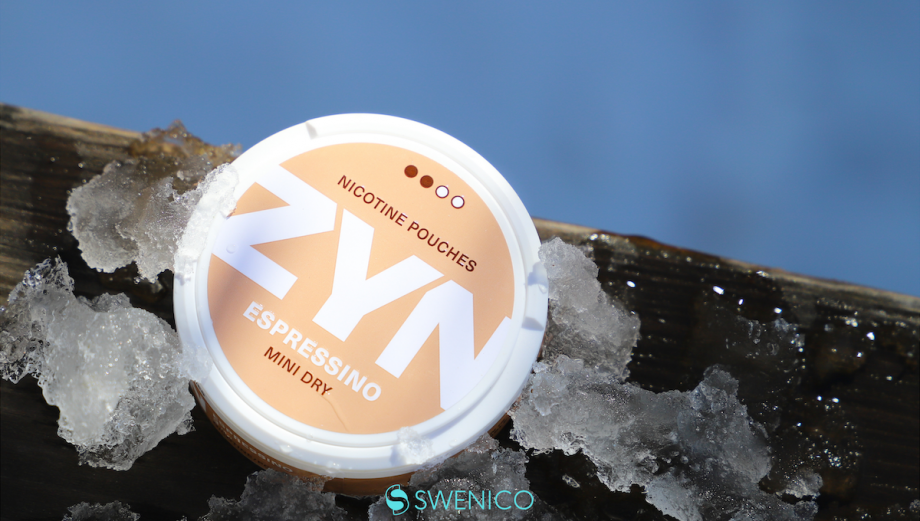Nicotine pouches, or tobacco-free snus, contain no tobacco, as their name suggests. To replace tobacco, manufacturers use different types of plant fibers. But in addition to this, nicotine pouches contain several other ingredients to create the perfect consistency, durability, and flavor.
Many of the ingredients found in nicotine pouches can be found in all nicotine pouches regardless of the manufacturer. Although the main components are found in all nicotine pouches, there are some differences in the ingredients used depending on the nicotine pouch and the manufacturer.
In this article, we clarify what nicotine pouches contain and what each ingredient serves as a function. Note that not all nicotine pouches always contain all these ingredients, but they are the ingredients that are found in different nicotine pouches, depending on the manufacturer and type.
The main ingredients in nicotine pouches are
Below, we will go through the most important and central ingredients in nicotine pouches. Later, we will take a closer look at the E-substances found in nicotine pouches.
Plantfiber
The main ingredient in nicotine pouches is plant fiber, which makes up the majority of the pouch. The purpose of the plant fiber is to provide filling for the pouch and make it comfortable to wear under the lip. Different manufacturers use plant fiber from different plants, but all manufacturers use plant fiber as the base. If you want to read more about plant fiber in detail, you can refer to this article.
The advantage of plant fiber is that it is cheap and has no flavor, which gives manufacturers a lot of opportunities to flavor the pouches. This is the main reason why nicotine pouches come in significantly more flavors than traditional tobacco snus.
Some nicotine pouches contain both plant fiber and fillers (E460).
Nicotine
Perhaps the most important ingredient in nicotine pouches is, of course, nicotine. It is the nicotine that creates the experience and feeling of pleasure that nicotine pouches provide. Different pouches will have different nicotine content and strengths that you can choose from based on your preference. Read more about nicotine strengths in nicotine pouches here.
Water
All nicotine pouches will contain a certain amount of water. The amount of water that the pouches contain depends on the level of humidity that the manufacturer wants to achieve. Nicotine pouches are available in both moist pouches and also as Mini Dry pouches which are intended to be very dry and run minimally. It may be good to know the humidity level as different people like different humidity levels. Some people prefer pouches that are extremely dry and therefore run minimally, but others prefer more moist pouches that have a slightly higher run.
The nicotine content in some of the most common pouches is as follows:
- ZYN Mini dry: 2,70%
- VOLT Pearls: 12,7%
- Swave: 40%
- XQS: 25%
- XR Tobacco free: 41,5%
Flavors
Flavors, or flavorings, are the primary additives that give nicotine pouches their taste. Manufacturers may also use other ingredients to flavor nicotine pouches, such as salmiac or vegetable oil.
The Swedish National Food Agency’s definition of flavorings is as follows:
“Flavorings are substances that are not consumed or drunk as they are, but are added to food in very low amounts to give or change the flavor and smell of the food. Flavorings give or enhance the flavor of fruits, vanilla, smoke, seafood, or bitter almonds.”
Flavor enhancers
Flavor enhancers in nicotine pouches come in the form of sodium chloride, also known as table salt. The salt is used to enhance the flavor and partially as a preservative.
Xylitol
Xylitol is an ingredient found in some nicotine pouches.
According to the Swedish National Food Agency:
“Xylitol is also known as birch sugar and is a sugar alcohol produced from the sugar xylose. It is approximately as sweet as regular sugar and can be used in the same types of food as maltitol. If there is more than 10% sugar alcohol in a product, it must be labeled with the information that excessive consumption may have a laxative effect.”
Common E-substances in nicotine pouches and what they mean
If you have read the ingredients list on nicotine pouches, you may have seen some of the ingredients specified with so-called E-additives or E-numbers.
This is a number that starts with “E” and is followed by a number.
When reading these E-additives, it may look strange, but the fact is that it is just a simpler way and a system to define additives.
To quote NetDoctor:
“E-additives are additives that have been tested and approved for use within the EU. These approvals are monitored, reviewed and possibly changed based on new scientific research. Additives are used for many different reasons.”
With that said, the E-additives used in products in Sweden is safe and well-proven. Only approved additives are allowed to be used and regulations are strict. The E-numbers are designed as an ID number to serve as a designation for food additives and make it easier for both authorities and consumers to navigate among all the different additives. The E-additives approved for use in Europe and not just a single country
On the website of the Swedish National Food Agency, you can search for all E-numbers and find all approved additives to learn more about what they mean and what they are used for.
Let’s take a closer look at some of the most common E-substances in nicotine pouches and what they are used for.
Common E-additives in nicotine pouches:
- E460: Known as a filler, used by some manufacturers to fill out and create a better fit on the pouch. E460 is a cellulose form of microcrystalline cellulose and cellulose powder.
- E401: An emulsifying, stabilizing, thickening, and gelling agent made from alginate, which is made from brown seaweed.
- E950: A sweetener that is about 130-200 times sweeter than regular sugar. It is used by many nicotine pouches to provide a sweeter taste.
- E422: Glycerol, a form of fat that can come from plants or animals. It is used as a stabilizing and consistency agent.
- E525: A synthetic acidity regulator used to regulate the PH level in the pouches.
- E471: An emulsifying agent made from fats and oils or glycerol and fatty acids.
- E500: Sodium carbonates, also known as soda. A form of salt used as an acidity regulator.
- E551: Silica dioxide, a substance that is common in nature. Used in nicotine pouches as an anti-caking and stabilizing agent.
- E202: Potassium sorbate, the potassium salt of sorbic acid. Used in nicotine pouches as it is effective against yeast and mold fungi and some bacteria.
- E1520: Propylene glycol, a low-level solvent for some food additives and flavors.
- E509: Calcium chloride, the calcium salt of hydrochloric acid. Used in nicotine pouches to affect taste and consistency.
- E954: Saccharin, a sweetener that is about 400 times sweeter than regular sugar.
Ingredient list for common nicotine pouches
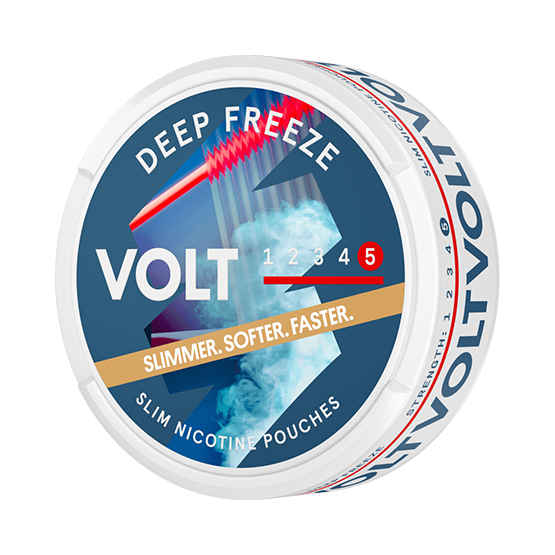
Water, bulking agent (E460), flavor enhancer (monosodium glutamate), xylitol, nicotine, flavors, thickening agent (E401), salmiac, acidity regulator (E500), sweetener (E950).
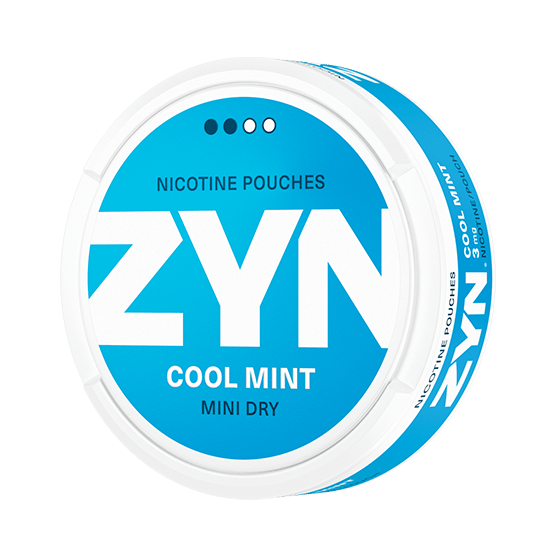
Water, bulking agent (E460), plant fiber, moisturizing agent (E422), vegetable oil, salt, acidity regulator (E525), flavors, nicotine, emulsifying agent (E471), sweetener (E950).
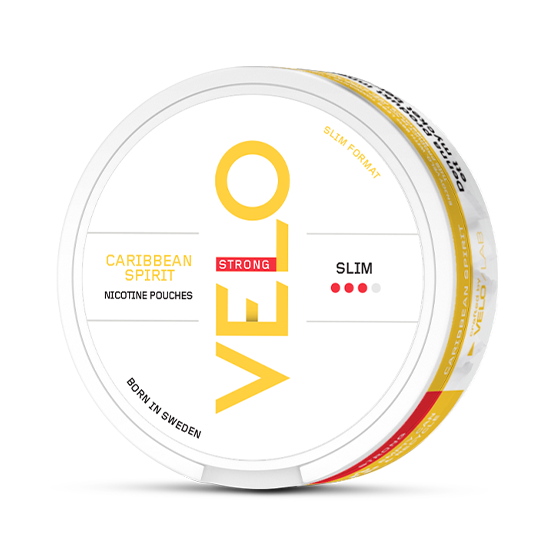
Water, bulking agent (E460), flavor enhancer (monosodium glutamate), xylitol, flavors, thickening agent (E401), nicotine, salmiac, sweetener (E950), acidity regulator (E500).
LOOP

Fiber, water, nicotine, flavors, sweeteners (E968, E950), acidity regulators (E500, E330), moisturizing agents (E401), anti-caking agent (E551), sodium chloride, preservatives (E202).
Zone X
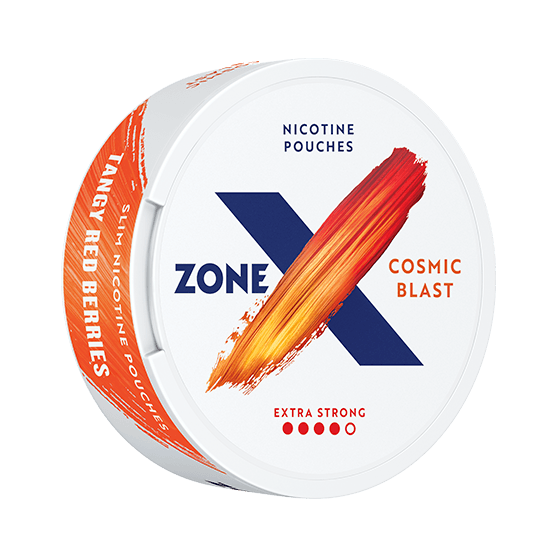
Plant fiber, water, moisturizing agent (E422/E1520), flavor enhancer (monosodium glutamate), salmiac, nicotine, flavors, sweetener (E950), acidity regulator (E500).
Swave
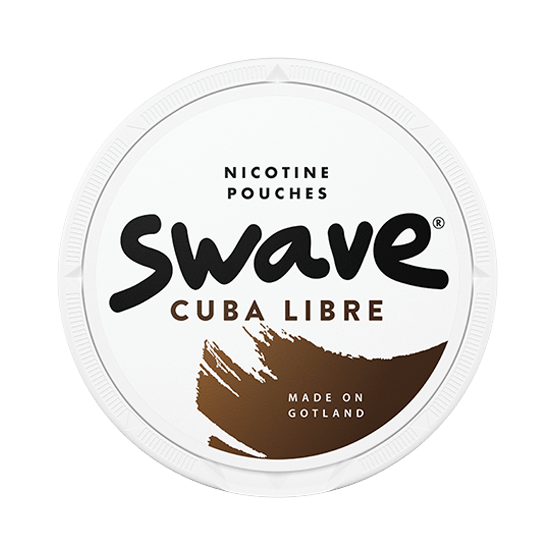
Water, bulking agent (E460), plant fiber, moisturizing agent (E422), flavors, acidity regulators (E500, E509), salt, nicotine, emulsifying agent (E471), sweetener (E954).
-
ZYN Cool Mint Mini Dry Normal 3mgPrice is hidden
-
VELO Freeze MAXPrice is hidden
-
ZYN Mini Black Cherry 6 mgPrice is hidden
-
ZYN Cool Mint Mini Dry Extra StrongPrice is hidden
-
ZYN Espressino Mini Dry Normal 3mgPrice is hidden
-
Zafari Desert Mint 4mgPrice is hidden
-
VELO Ice Cool Mint Strong SlimPrice is hidden
-
ZYN Apple Mint Mini Dry 3mgPrice is hidden
-
ZYN Citrus Mini Dry Normal 3mgPrice is hidden

